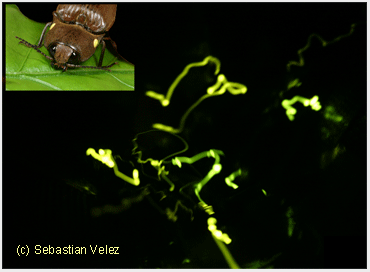 |
| "Peeny wally" click beetle flying around Windsor |
Character of the Month:
The blinky lights of Windsor. . . no, it's not the lights dimming because the house batteries are going flat.
January 2015
Living in Windsor, well beyond the JPS utility power lines, offers some pleasant advantages:
It seems, however, that these advantages don't suit everyone: a few youngsters from neighbouring communities find the darkness and winter (dry season) silence of Windsor…well. . . a little too dark and a little too silent.
So over Christmas, some inspired souls decided to spare us from the sounds of silence and hosted a party along the bank of the Martha Brae river. They hauled in a generator, hired a DJ from Montego Bay and . . . ummm . . .shared their fine choice of music with everyone in a radius of 5 kilometers until midnight. For those of us within the radius of 100 meters, it was more like feeling the thudding bass in the deep muscle fibers of your heart rather than actually being able to make out any lyrics. Did I mention that our heart muscle fibers thudded for 8 hours, from 4 pm till midnight? 😠
At one point, Mr. Mike popped down to make sure our security had enough rum to keep going past the hoped-for cut-off time of 9 p.m. and was amazed to see so many green “peeny wallies” flickering on the road. And then he realized ‘de people dem’ had brought in a laser light show!
Ignoring the difficult-to-quantify negative value that the disturbance caused to our peace-and-quiet and the CO2 emissions from the generator, which contribute to climate change, why would you waste hard-earned money to watch some mechanically-flashing lights, when you could sit on the tyre in front of Dango’s shop and watch the same magical twinkles of peeny wallies and blinkies for....now, let me do the sums....FREE! Yes, that’s correct. Nature gives you an equivalent (and rather better, in my opinion) light show, and you don’t have to pay a single dollar!
Nature's Light Show
Living things which produce their own light are truly amazing. We call this phenomenon bioluminescence and it involves the emission of light from internal biochemical processes. In a stripped-down explanation, it basically involves the use of enzymes to burn glucose to release the energy stored in cells -- instead of exhaust heat being generated, light is generated.
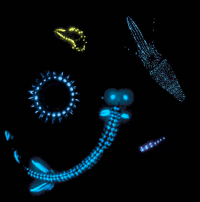 |
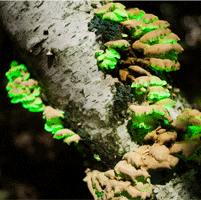 |
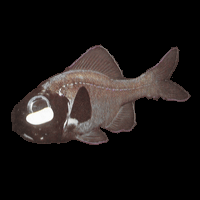 |
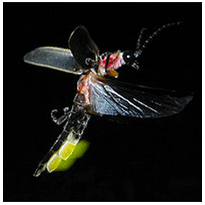 |
| Photinus firefly (c) wiki-commons |
Back in Windsor, the “blinkies” are busy using their luciferase enzymes to emit light energy from an organ on their abdomen in such a way as to catch the attention of passing females. Yup, as much as we humans enjoy watching their magical twinkles, it has nothing to do with our entertainment. It’s all about courtship, with the males vying to impress ‘deh gyals dem wid de bling’. Why else would you want to make yourself so visibly obvious that every potential predator could see you for a few hundred meters away? (Tho’ the unpalatability of luciferase and its associated protein luciferin, coupled with a sudden flash, can both briefly startle a predator and remind it that this type of glowing prey is distasteful [i.e. the firefly is giving an aposematic signal]).
But wait, if all the guys are flashing away in the neighbourhood, how can a female even identify her own species,
much less judge the quality of a male by his blinky-bling?!? It’s actually quite easy. For the 48 (or more?) species of
fireflies in Jamaica, each species creates a unique light show from a suite of characteristics, including:
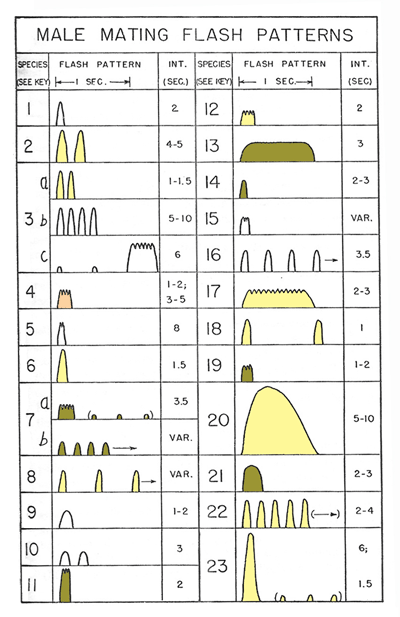 |
No. 11=Photuris jamaicensis. All other species belong to the genus Photinus. 1=alticola; 2=amplus; 3=ceratus; 4=commissus; 5=elisabethae; 6=euphotus; 7=evanescens; 8=flavolimbatus; 9=gracilobus; 10=harveyi; 12=leucopyge; 13=lewisi; 14=lobatus; 15=lundi; 16=melanurus; 17=morbosus; 18=naevus; 19=nothus; 20=pallens; 21=synchronans; 22=variabilis; 23=xanthophotis |
So, the blinky called Photinus euphotus, with its yellowish single-pulse flash, will be active for a brief 15 to 20 minutes just at dusk; Photinus flavolimbatus, with a yellowish three-pulse flash, will peak between 8 - 10 pm, and Photinus synchronous, with a greenish single-pulse flash, runs from midnight to the pre-dawn hours. If you want to predict the time of night when a firefly species will be blinky-active, look at the colour of its light: those which display at dusk tend to have lights with a yellowish tinge while those that sparkle in the middle of the night, when it's completely dark, will have green lights.
Soggy cereal. . . but it was worth it!
Speaking of Photinus synchronous, I think this is the neatest firefly in Jamaica. As its name suggests, males have the remarkable ability to synchronize their flashing, which should catch the attention of any distant females. I’ve had the privilege of seeing this once -- it was about 4 a.m., I was sitting on the verandah, huddled over a bowl of cereal, bleary-eyed trying to wake up before trudging out for a full-day watch of a Black-billed Parrot nest....when, suddenly, the entire hillside south of the house magically lit-up with thousands of tiny green lights, flashing in perfect synchrony like a strobe light timed at about a 1-2 second interval and lasting for nearly 30 seconds. Needless to say, I dropped my spoon to the table and subsequently found myself with a mouthful of 30-second, unchewed, soggy cereal. It was the most stunning natural display I’ve ever seen in Windsor: imagine a black wall measuring 100 m long x 150 m tall, with thousands of randomly positioned green lights twinkling in perfect synchrony!
Unfortunately, I’ve never seen such a display ever again (I try to be asleep at 4 a.m.), but Mr. Mike also had the privilege of seeing a “Catherine Wheel” synchronized blinky display while he was driving home late one night.
Thank goodness for the absence of JPS electricity and the natural darkness of Windsor - otherwise we’d never see these FREE light shows, which reach their magical peaks in spring and summer.
So, forget about paying an electricity bill to run your disco light and laser beams -- turn off the lights sweet darlin’ and we’ll dance the night away. And for those true romantics amongst you, next month we'll have some love songs, perfume, and chocolate.
For this vignette, I am fully indebted to the entomologists Frank A. McDermott and John R. Buck:
McDermott, F. A. and J. B. Buck. 1959. The lampyrid fireflies of Jamaica. Transactions of the American Entomological Society 85: 1-117.
| PREVIOUS CHARACTER | NEXT CHARACTER |

